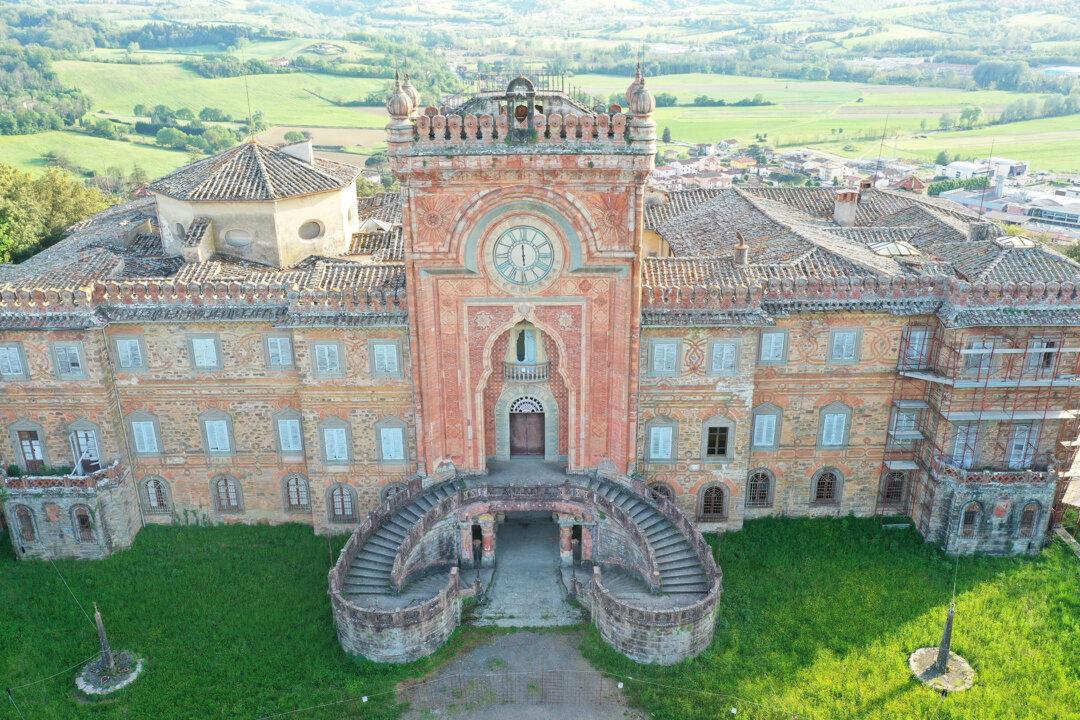Disclaimer: This story was published in 2023.
Tucked away in the Tuscan hills of Italy is a 365-room Moorish castle built in 1600 and one of the most fascinating periods in modern history played out within its walls.

Tucked away in the Tuscan hills of Italy is a 365-room Moorish castle built in 1600 and one of the most fascinating periods in modern history played out within its walls.